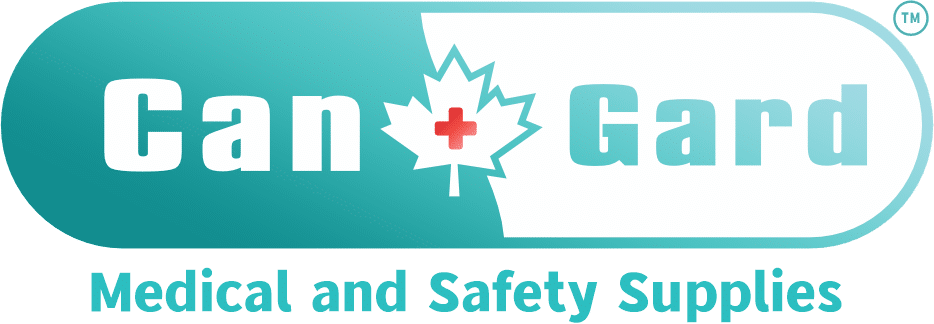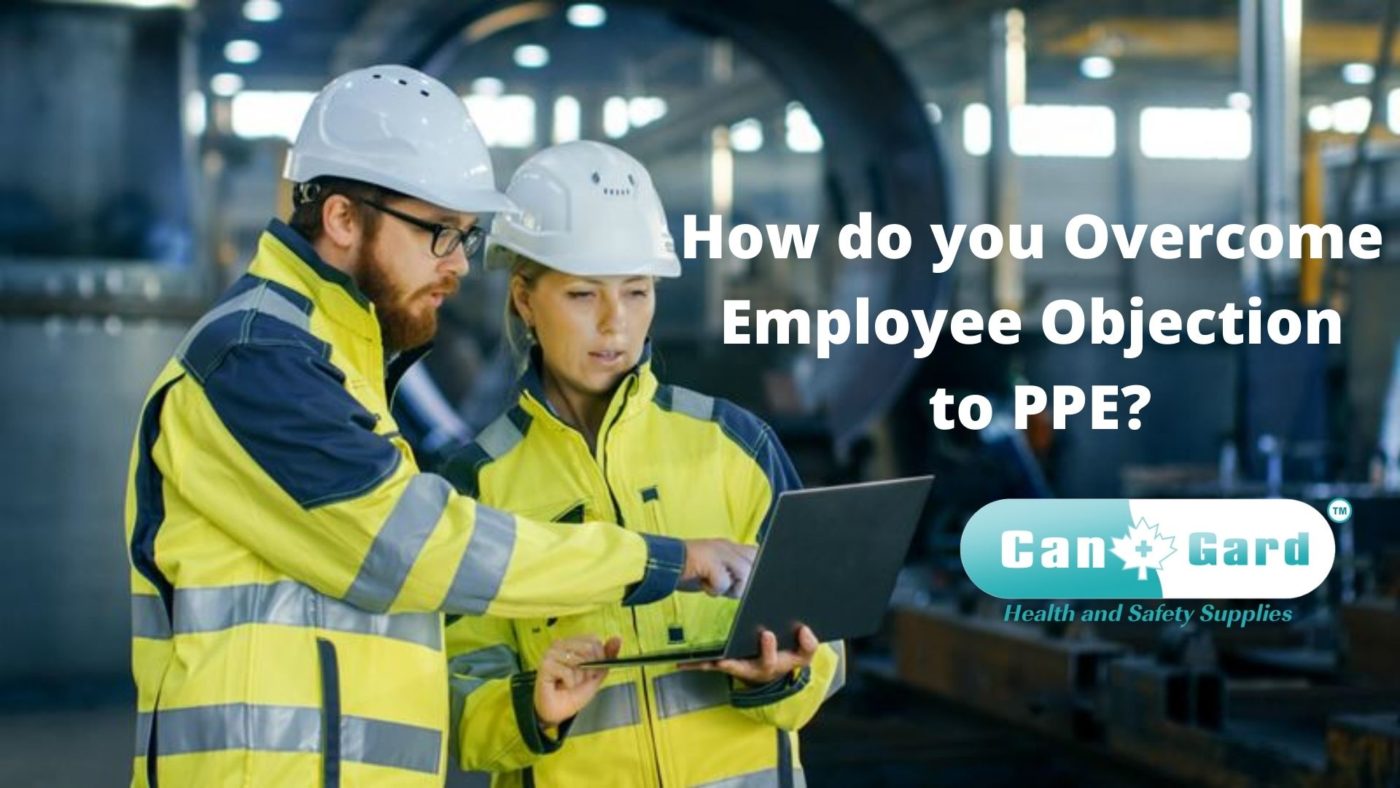First Aid/PPE
How Do you Overcome Employee Objection to PPE?
Do you have employees who don’t want to wear PPE? How do you overcome this objection to PPE without losing your workforce? You can’t afford to lose any more valuable employees.
In this blog post, we will discuss different ways employers can use to make their workers feel better about wearing safety gear and using the correct PPE for the job at hand.
Accessibility and PPE
The first thing that employers can do is make sure the PPE they are asking their employees to wear will not cause any health issues. For instance, if you have a worker with sensitive skin and want them to wear gloves, try looking for latex-free or nitrile-coated gloves instead of other types. This way, your workers won’t feel like they’re being attacked by something every time they put on new safety gear.
Another option would be to allow some personalization when it comes to PPEs so that people don’t feel like someone else’s idea of what needs protecting in an unsafe environment. How does this work? It’s simple! You go out into your facility/store where there might be unprotected hazards.
Make Sure PPE is Comfortable and Doesn’t Interfere with Work
Here are some things you can do to minimize PPE discomfort:
- Make sure the fabric doesn’t irritate sensitive skin.
- Determine what kind of gloves are best for your line of work
- Make sure all PPE is accessible to employees
- Make sure the equipment that needs to be worn can still be used with PPE on
- When possible, provide a uniform option so people don’t have to worry about what they’re wearing and are more likely to wear it
If you know how well someone works in their current gloves, try introducing other options gradually. Maybe during one shift, they can use nitrile-coated gloves instead of latex-free or vice versa? You want your workers to feel confident when using protective gear because, without them, it’s just too easy for accidents to happen! When this happens – who knows what might happen next? Make sure everyone has access to all types of safety clothing that could make the difference between getting hurt or not.
Allow Employees to try on the PPE Before They are Required to Wear It
Afterwards, provide them to employees of their size so they don’t have to worry about that aspect while working.
If you need eye protection or more headwear, offer those options as well, so there’s something everyone can use without any hassle. You could even give these out on a rotating basis! (That way, people know when it is time for new items).
Comfort
Your PPE should be designed with comfort and usability in mind; this will help ensure your workers put them on willingly instead of grudgingly because someone told them to. Learning how to fill up an employee form for the Occupational Health and Safety Administration is an excellent way to get started.
The most common complaint from workers who don’t want to wear PPE is that it’s uncomfortable, but there are some simple ways you can address this!
Lightweight
The headwear should be lightweight; if someone feels like they have been wearing something heavy on their head for too long, they will probably take it off, so make sure your hats or caps aren’t super thick. (This also helps prevent heatstroke!)
Non-Restricting
The gloves should not leave marks when rubbed across the skin because people won’t keep them on otherwise. They may still come up with other reasons for taking them off, such as itching or tearing easily, but these options provide more protection.
Provide a Clear Explanation of How Wearing PPE Will Help Them Do Their Job Safely and Even Better
Providing a clear explanation of how wearing the PPE will help them do their job better or more safely can make it easier for employees to understand why they need to wear protection and may also get them on board with trying new things. For example, explaining things like:
- “This helps protect against chemical burns because contact is limited between skin and substances, so we don’t have any open wounds that could be exposed.”
- “It’s good for our eyesight since some products are harmful when ingested by coming into direct eye contact” (this happens a lot at industrial plants where there might be dust).
- “The breathing masks keep fumes from getting in, which means minor irritation; this prevents long-term damage like asthma, bronchitis, emphysema, etc.”
Offer Incentives for Complying
Offering incentives is a way to help people comply with something they don’t want to do. This can be done by giving them some time off from work or providing other essential rewards to your employees!
In some factories, they offer a day of paid vacation every six months without an accident on their safety report card (which is just proof of wearing PPE).
In other companies, if they get caught stealing any equipment in the workplace, like gloves or goggles, then all workers must pay $25 out of pocket each week after being notified… which means it starts costing money and not just effort.
This incentivizes complying because it affects more than one person–it costs both time and money to steal things to resist using.
Educate Your Employees
Educating your employees on the importance of warding off specific dangers will make them more inclined to comply with PPE.
For example, if an employer is explaining the importance of wearing safety goggles in a factory where dust and debris are prevalent, he or she might mention that when airborne dirt particles land on the surface of your eyeball, it can lead to irritation and infection.
Another good example would be reminding employees about how essential earplugs are for workplace noise levels over 85 decibels which can cause hearing loss and tinnitus (a ringing sound heard inside the ears) down the road.
Communicate What’s Expected, Including any Consequences for Non-Compliance
Communicating with employees will help them understand the importance of wearing PPE.
The employer should communicate what is expected and the consequences if they don’t comply with those expectations.
For example, an employer might tell employees that there will be disciplinary action for failing to wear safety goggles in a factory where dust and debris are prevalent or remind workers about how important earplugs are for workplace noise levels over 85 decibels which can cause hearing loss as well as tinnitus down the road. This way, it’s clear what needs to happen when wearing safety gear at work.
It’s also helpful to clarify any misconceptions so people know what they need protection from (explaining why you must always use eye protection near saws).
Get The Best PPE at CanGard
Purchasing quality PPE from a reputable supplier is one way to avoid employee objection to PPE. Here at CanGard Medical and Safely Supplies, we have you covered.

